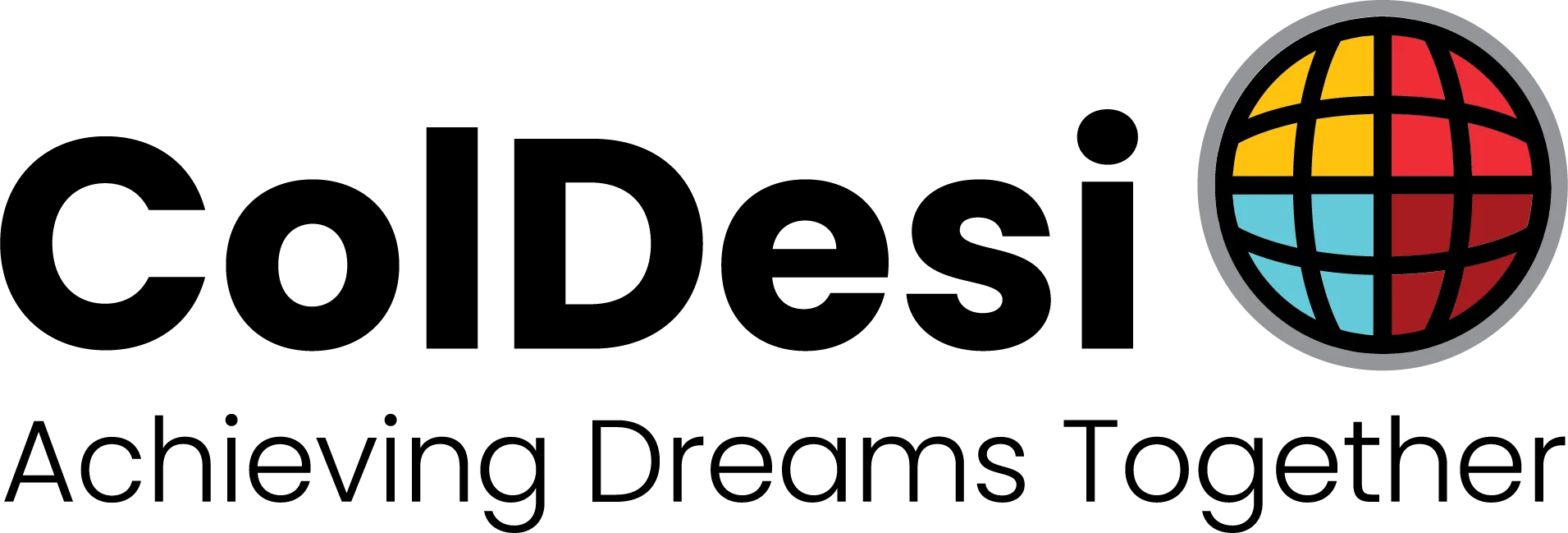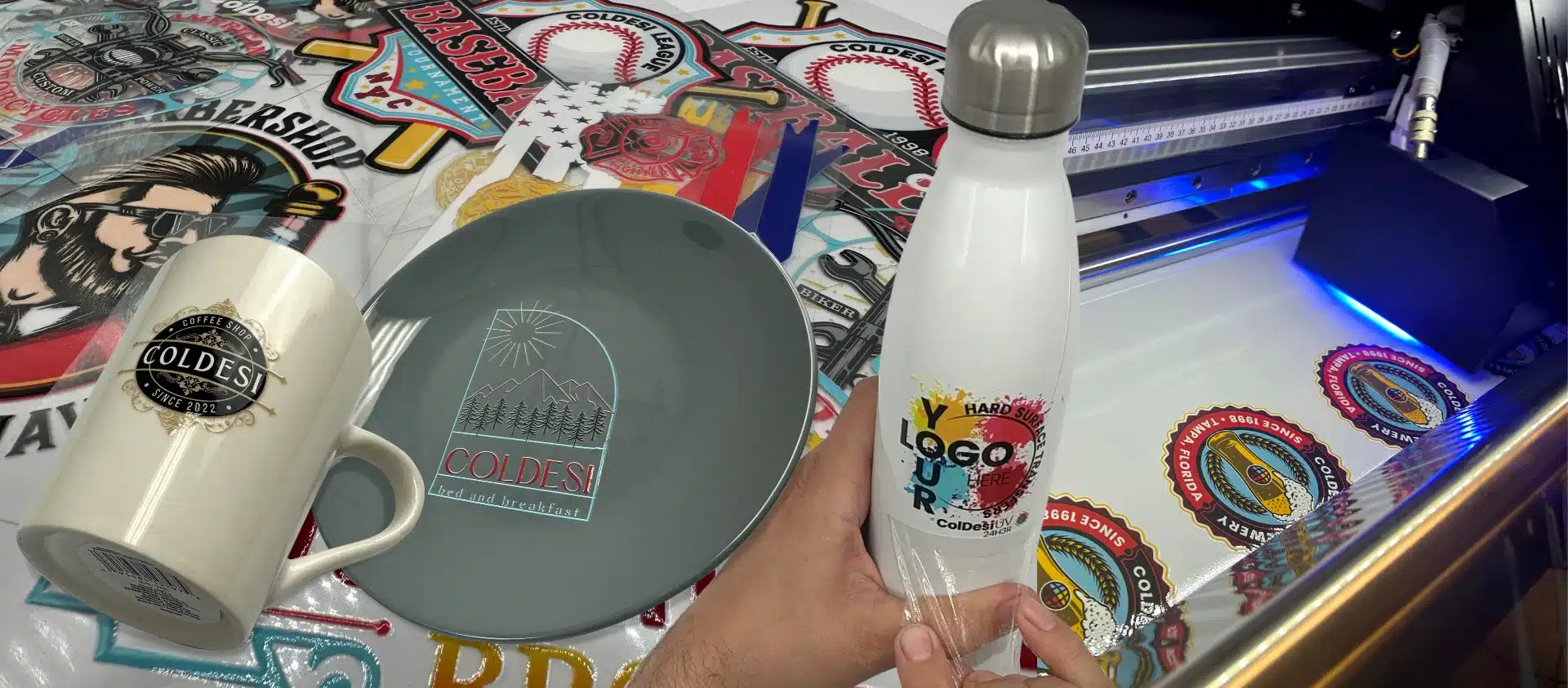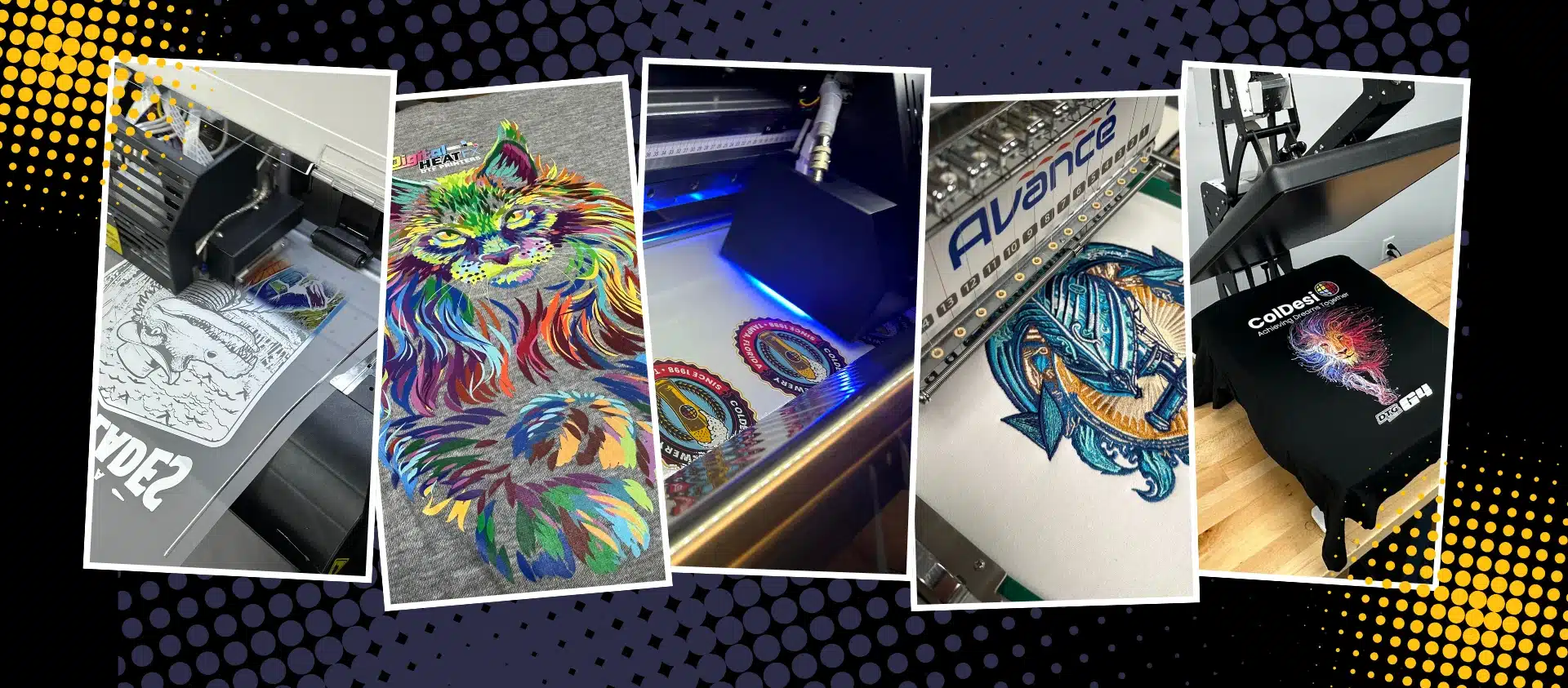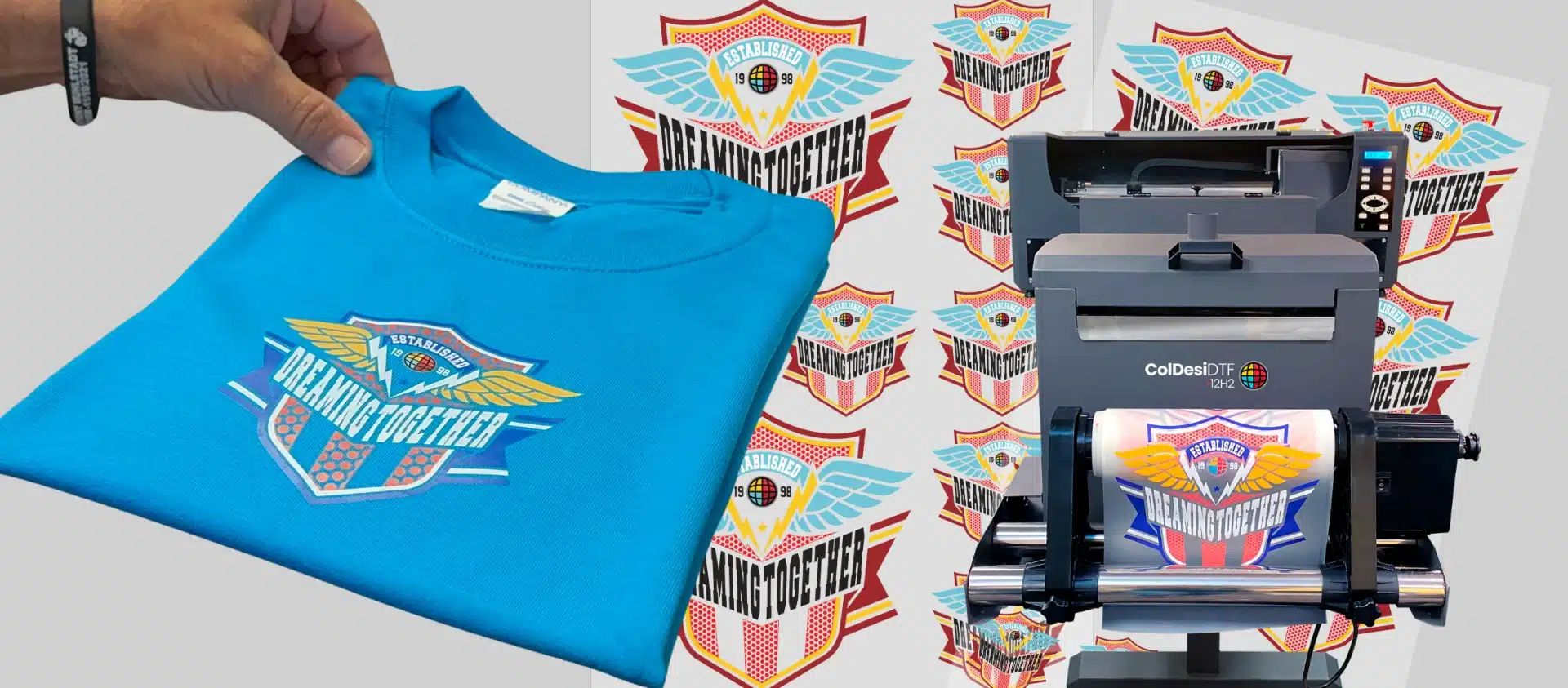You know the value of the printing technology your business currently relies on. It has helped you produce, deliver, and grow your production. What could UV/DTF printing add to your operation? The benefits of UV/DTF could unlock efficiencies, higher margins, and a new level of customization for your business.
If your business wants to offer full-color prints on uneven surfaces, UV/DTF printing is worth a look. It works without heat or pressure and opens the door to high-margin products.
In this article, we’ll explain what UV/DTF printing is, how it’s different from standard UV or DTF methods, and what kind of return you can expect if you add it to your workflow.
UV/DTF printing uses UV-cured inks and a film transfer system. The design is printed on a special film, cured with UV light, and laminated with adhesive. It can then be applied by hand with no heat press required. This creates bright, long-lasting prints that stick to curved, textured, or uneven surfaces.
Key Benefits of UV/DTF Printing
- Superior Surface Versatility: UV/DTF transfers adhere well to flat, curved, and textured surfaces. This includes plastic, glass, metal, wood, and coated ceramics.
- No Heat, No Pressure: UV/DTF printing is a cold-peel system. No heat presses are needed. This reduces energy use, prevents substrate warping, and simplifies workspace setup.
- Vivid, Durable Prints:The ink is cured during the printing process. It is resistant to scratching, fading, and moisture.
- Value-Adding Special Effects: Varnish allows you to create raised textures, spot gloss, matte effects, and layered print dimensions.
- Fast Turnaround: Instant curing and lamination speed up production without adding complexity.
What Is the Primary Value Proposition of UV/DTF Printers?
UV/DTF printers unlock new revenue opportunities, allowing businesses to decorate curved, textured, or rigid surfaces that UV and DTF cannot accommodate. This includes drinkware, jars, phone cases, and more. UV/DTF printing removes the need for heat presses, reducing setup time, increasing material compatibility, and enabling premium-grade, high-margin customization.
What Types of Businesses Benefit Most from Adopting UV/DTF Printing?
UV/DTF is ideal for:
- Promotional product decorators
- Drinkware and packaging brands
- Personalization-focused retailers (Etsy, Shopify, Amazon Handmade)
- Corporate gift and branding suppliers
- Print-on-demand companies
Businesses that specialize in short runs, one-offs, or customized branding on hard surfaces will benefit from UV/DTF.

What Equipment Do You Need?
A full UV/DTF printing setup generally includes:
- A UV/DTF printer with CMYK + white + varnish channels
- A laminator for cold-peel adhesive film (ColDesi 24H3R UV/DTF printer includes an integrated laminator)
- A/B film system: A film for printing, B film for adhesive
- RIP/design software (commonly bundled with the printer)
- UV inks and varnish
- Cleaning solutions and film handling tools
The full package investment typically ranges from $20,000 to $35,000. Supply kits run an additional $500–$1,500, depending on your production volume.

Is UV/DTF Printing Profitable?
Absolutely. UV/DTF lets you create high-margin, small-batch products that sell well in corporate gifts, promos, custom retail, and packaging.
Businesses see markups of 200–400% on items like tumblers and branded electronics. Since there’s no need for dies, long setup, or heat presses, your costs stay low and your profit per item stays high.
What Kind of ROI Can a Business Expect from UV/DTF Printing?
- High-margin products with 200–400% markups
- Fast order fulfillment, even for custom, single-item jobs
- Lower labor costs due to simplified application and minimal setup
- Fewer rejected prints, as transfers are assessed and applied after printing
Businesses often report ROI within 6–12 months when targeting profitable verticals.
What Are the Operational Advantages of UV/DTF over Traditional UV Flatbed Printing?
- Print on curved or uneven surfaces without jigs or clamps
- No need for precise object alignment on the bed
- No direct ink exposure to the substrate (safer for some surfaces)
- Portable, transferable output that can be stored or shipped before application
How Does UV/DTF Printing Fit into an Existing Workflow That Already Includes UV and/or DTF?
UV/DTF printing is a strategic extension, not a replacement. UV flatbed printers are optimal for flat substrates like signs or plaques. DTF excels in garment decoration. UV/DTF bridges the gap by offering customization for hard goods that can’t be laid flat or heat pressed. It complements existing equipment by:
- Expanding product offerings
- Diversifying fulfillment options
- Improving efficiency for certain orders (e.g., low-volume, high-value giftware)
Businesses often report ROI within 6–12 months when targeting profitable verticals.
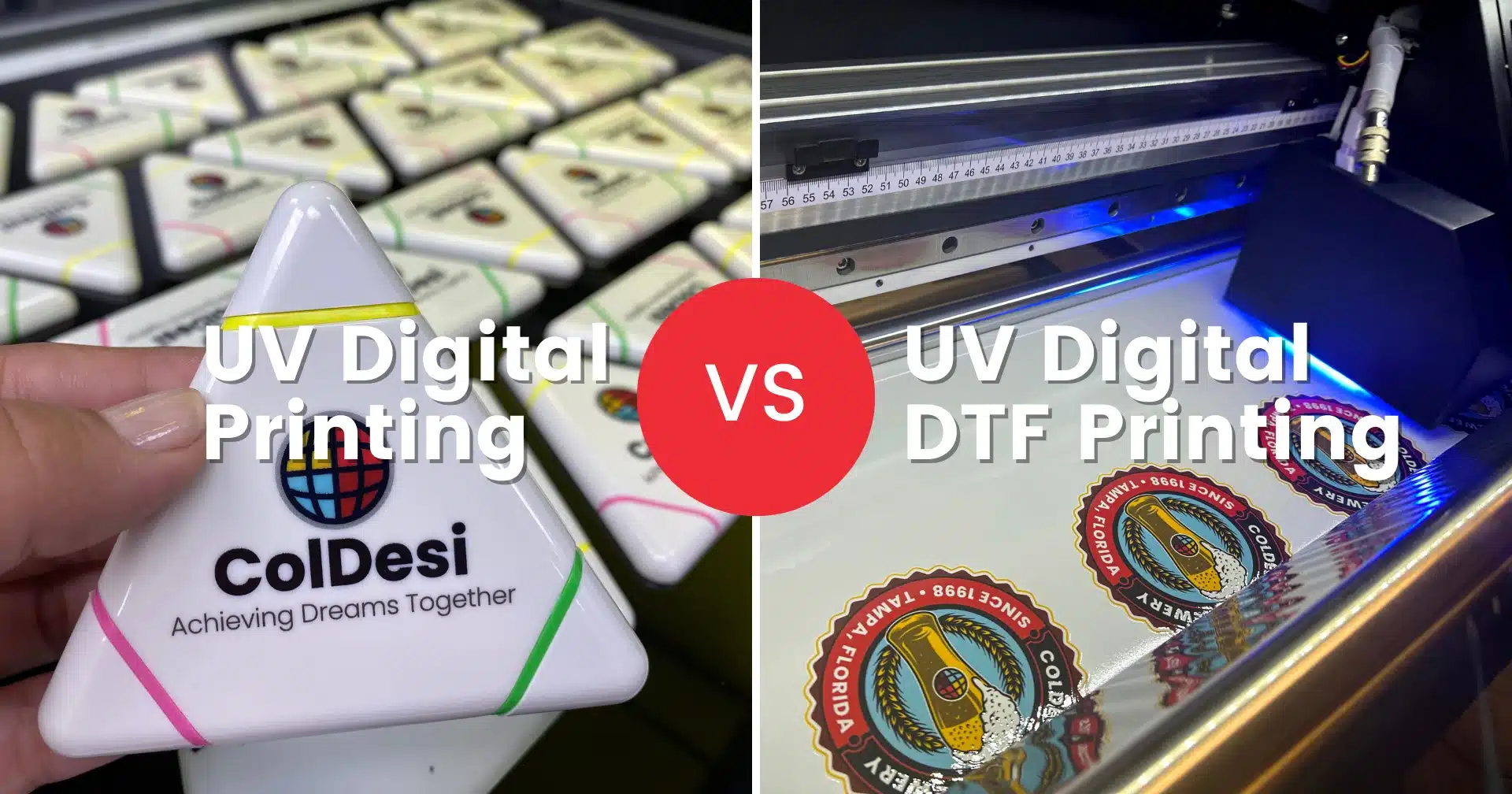
Differences Between UV Digital Printing and UV DTF Digital Printing
The evolution of digital printing has been marked by the creation of specialized printers tailored to meet the unique needs of niche markets. While this has resulted in printers becoming more adept at addressing specific industry requirements, it has also led to limitations in their functionality.
How Scalable Is UV/DTF Printing for Growing Businesses?
UV/DTF is highly scalable.
- Machines can be added with low overhead.
- Staff can be trained quickly due to a short learning curve.
- Output can be batched efficiently (e.g., print 100 transfers → apply later).
Decouple production and fulfillment. Support both in-house production and outsourcing.
Compliance, Safety, and Print Quality
Most professional UV/DTF systems use inks that comply with:
- ROHS (Restriction of Hazardous Substances)
- REACH (European chemical safety)
- OEKO-TEX® ECO PASSPORT (textile safety, if relevant)
Are There Any Limitations to Be Aware of Before Investing?
- It is not suited for textiles or soft goods.
- The print size is limited to the film width.
- Printers require clean, dust-free film handling for the best results.
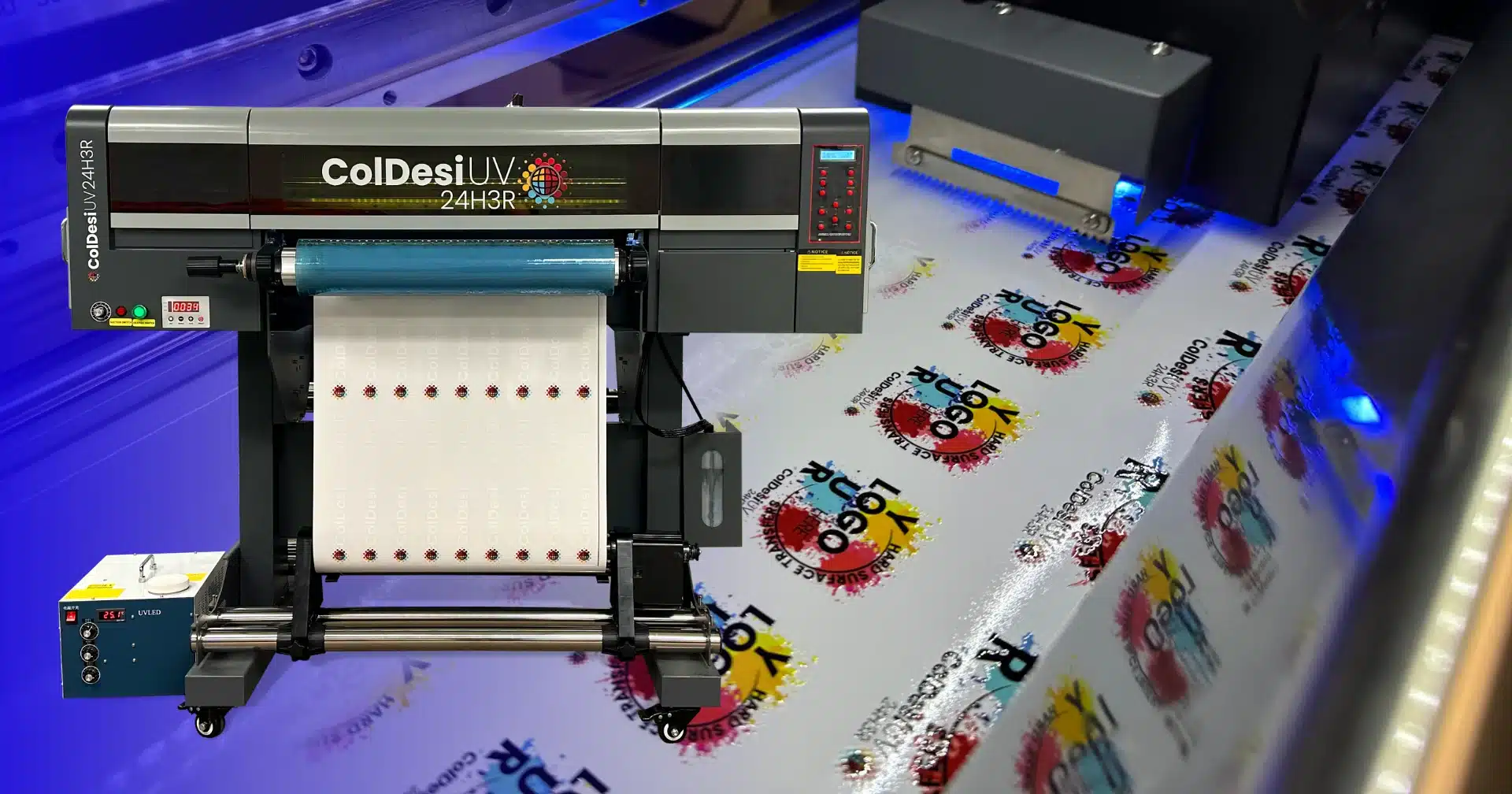
Commercial UV DTF Printing is the Future of Customization for Hard-Surface Items
Commercial UV DTF printing is the most cost-effective print-on-demand solution for hard-surface items. It is one of the fastest-growing digital printing methods in the market. It has changed the customization industry by supporting printing for a wide range of items and overcoming the size and width limitations associated with UV printers.
Should You Add UV/DTF Printing to Your Business?
- You are currently limited by the flat-surface requirements of UV flatbed printing.
- You want to expand your custom product range without investing in new heat equipment.
- You serve clients in the promotional, gifting, drinkware, or small-format product industries.
- You want to offer premium personalization with lower labor and supply costs.
UV/DTF printing isn’t meant to replace your UV flatbed or DTF garment printer. It is a complement that fills the gap between rigid direct printing and textile decoration.
UV/DTF printing is efficient and flexible, producing high-quality product decoration. It’s engineered for personalization, speed, and versatility. It can give businesses the freedom to print on more products with fewer limitations.
To learn more about UV/DTF printing, fill out the form below or call 877-793-3278.
